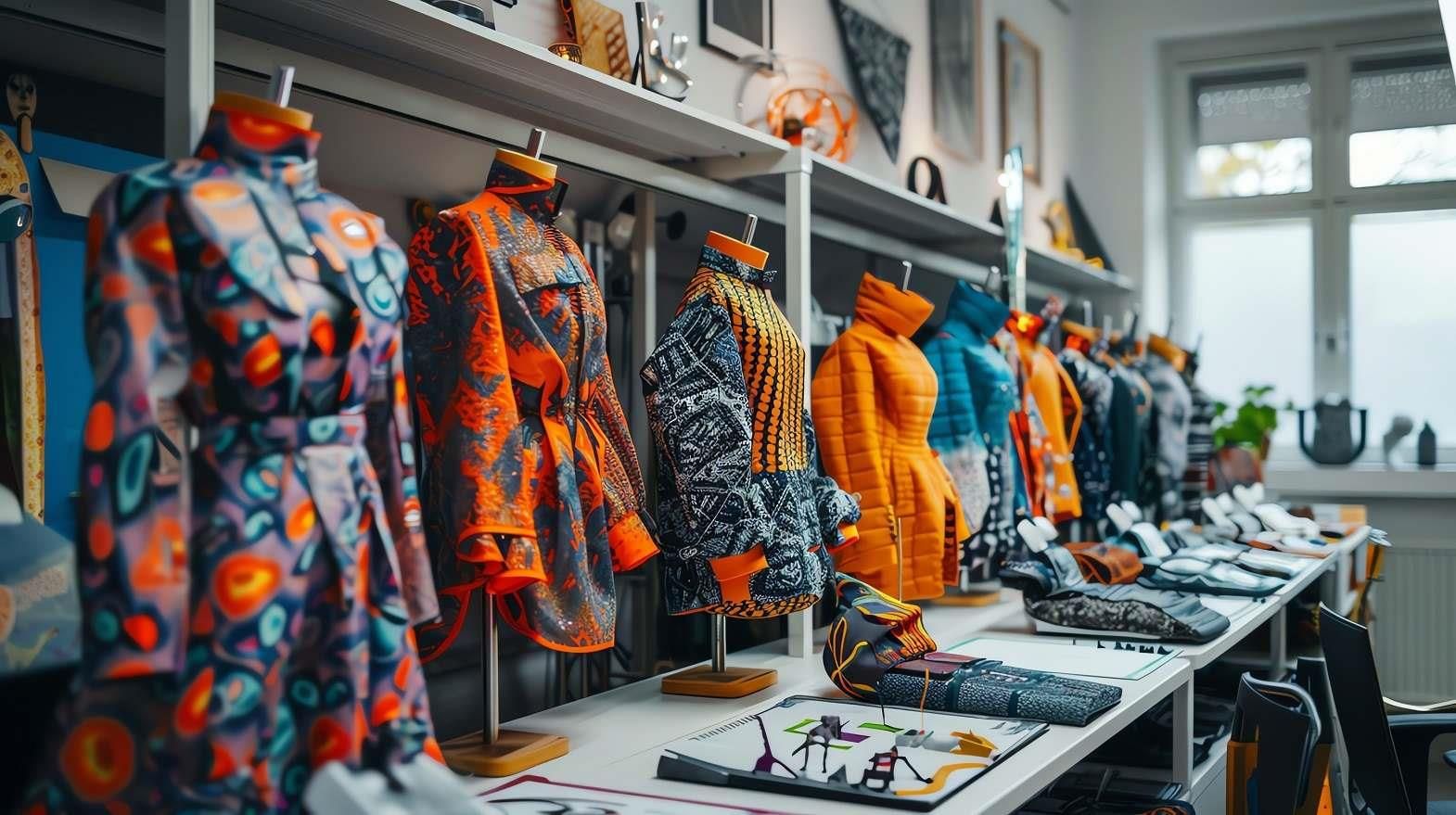The most miraculous aspect of this new textile is that a little modification in the structure of the textile can give fabric diverse properties. The cellular textile repeats the interlocking units that differ to create varied functions of flexibility and stretch throughout a textile. As per the ongoing efforts, a software is being developed to help the cellular textile progress into something unique. As per this development, cellular textiles would be made in a way that they can fit around any 3D shape. The consumers would then need to take a 3D scan of theirs, with which, they can simply buy a custom fit garment according to their shape. Like, cellular textiles can be made to stretch more at the tummy then the chest, or vice-versa, which would ensure that the customised garments are comfortable and unique according to each individual's requirement.
3D printing and cellular textile are on the way to become part of regular designs that the consumers find in the stores. The only impediment in the way of wide acceptance of cellular textiles is that as of now merely a handful of designers have been able to successfully showcase cellular textiles on a huge platform. Even though there's overabundance of ideas and designs that 3D printing can offer in form of cellular textile, but designers need support from big brands that can guarantee continuous cash inflow for development of cellular designs and also provide the immense amount of exposure that such exclusive textiles require. Many designers have shown interest and support for this new textile innovation, but very few are getting the encouragement to master the skill. In order to make 3D printing and cellular textile a flourishing sector like the regular clothing and textile, there's a need to encourage more designers to work on this technology.
Another hiccup in the success journey of cellular textile and 3D printing is that as of now the designers have not started working with delicate and soft clothing. The material used in this technology comprises slightly rugged textile. The designers rely on using nylon for 3D printing, which makes the thought of including the cellular textile as part of regular wardrobe, allusive.
And yet, ignoring the teething troubles, designers are looking forward to adopting the 3D printing and cellular textile as part of innovative textile culture. This speaks volumes about the gains that this technology has to offer. For one, there is low financial risk involved with this technology, as garments will be printed as per demand. This will help the designers come up with something fresh all the time, without worrying about the additional stock. The cost of printers is also witnessing a steep fall, which would make the cost of production cheaper.
Currently, there's work going on involving 3D printing technology in the production of incontinence products. A company has also approached lingerie giant Victoria's Secret for the production of 3D printed knickers. The emergence of cellular textile has changed the perception of textile world and also the consumers. Today the question is more about what can this new technology not produce! The choice of materials being used in the manufacturing of cellular textile via 3D printing is still limited, but there is enough research going on to alter this as well.
The comparison of 3D printing with conventional textile is both palpable and inevitable. In fact, cellular textile and 3D printing are in the initial stages of development, but the runway is not unaware of the future dominance of this technology. The stray cases of cellular textile making an appearance in fashion shows can be seen as the first steps in the direction of success. The cellular textile is helping the designers reinvent the already established norms in the world of textile. The results are impressive and aesthetically pleasing. It cannot be said for sure how enormous the impact of 3D printing will be on the textile and apparel world, but the world is watching and analyzing closely the development of this technology. Even as skeptics believe that 3D technology and cellular textile cannot replace the age-old technique of weaving and sewing, but the textile world is evolving and there are many avant-garde and progressive designers and designing houses keenly looking forward to provide the fashion world with blessings of this fresh technology.
Currently, theres work going on involving 3D printing technology in production of incontinence products. A company has also approached lingerie giant Victorias Secret for production of 3D printed knickers. The emergence of cellular textile has changed the perception of textile world and also the consumers. Today the question is more about what can this new technology not produce! The choice of materials being used in manufacturing of cellular textile via 3D printing is still limited, but there is enough research going on to alter this as well.
The comparison of 3D printing with conventional textile is both palpable and inevitable. In fact, cellular textile and 3D printing are in initial stages of development, but the runway is not unaware of the future dominance of this technology. The stray cases of cellular textile making an appearance in fashion shows can be seen as the first steps in the direction of success. The cellular textile is helping the designers reinvent the already established norms in the world of textile. The results are impressive and aesthetically pleasing. It cannot be said for sure how enormous the impact of 3D printing will be on the textile and apparel world, but the world is watching and analysing closely the development of this technology. Even as sceptics believe that 3D technology and cellular textile cannot replace the age-old technique of weaving and sewing, but the textile world is evolving and there are many avant-garde and progressive designers and designing houses keenly looking forward to provide the fashion world with blessings of this fresh technology.
References:
1. Wikipedia.com
2. Knittingindustry.com
3. Huffingtonpost.com
4. 3ders.org
5. Psfk.com









Comments